During the Chinese Grand Prix, we met with Ayao Komatsu, the new Haas team principal, who replaced Guenther Steiner for the 2024 F1 season. Komatsu has over 20 years of experience in Formula 1, having previously managed the engineering department as Chief Race Engineer and subsequently Director of Engineering.
Click here to subscribe to our print edition!
He has been working at Haas since 2016. We talked with him about the fundamental changes he has implemented within the team, how engineering knowledge and skills help him in his new position, the modern image of a Team Principal in Formula 1, and Haas’s plans for 2024.
Jastina Golopolosova: Hello Ayao! You have just returned from your home Japanese Grand Prix; tell us how you felt about your new status as a Team Principal. How did the Japanese audience receive you?
Ayao Komatsu: Hello! It was an incredibly warm welcome. On Thursdays in Japan, we always get a good turnout for the pit walk. But this year, the support was overwhelming. I was there for an hour and a half, but I still had to escape [laughs]. The passion and enthusiasm of the Japanese audience for Formula 1 is truly inspiring, and I’m grateful for their support. It’s a testament to the love for this sport.
J.G.: Wow! That is wonderful! After four races, the team’s drivers have scored points three times, and in Japan, Nico Hulkenberg finished near the points zone. Haas is currently in 7th place in the Constructors’ Cup. Are you satisfied with how the team has started the season?
A.K.: Yes and no. Yes, if somebody asked me, after four races at the start of the season, I would have taken it if we scored points in two races. So, what we’re achieving as a sporting result is better than expected before we run the car in the Bahrain test. So I’m satisfied in that way. I’m not happy with the fact that we have yet to really have a perfect race. Of course, as a race team, we want to maximise everything. If the car’s fast enough for P11, we should get P11. We should get a podium if the car’s fast enough for the podium. For instance, in Japan, we should have got P10. If Nico had a better start for the restart and Kevin had a better pit stop, then we should have at least been fighting for that P10 place with Tsunoda until the very end. I honestly felt that was one point lost. That was the difference that would haunt us later in the year. Now, against RB, we are three points behind. But if we had finished P10 in Japan, there would have been only one point difference. But there’s no margin, tiny margin in this midfield battle. So yeah, we need to be perfect in our operation and execution, but that’s what we are striving for.
J.G.: Thank you for sharing this. Establishing a cohesive team structure is vital for long-term success in Formula 1. Could you delve into the fundamental changes you’ve implemented within Haas and your approach to management?
A.K.: I guess, looking at the technical organisation restructure. If we look at our shortcomings from the previous years, it’s well documented that we haven’t been able to put upgrades on the car in a season that works, which is yet to be seen this year. However, an organisational structure that makes sure that whatever we see on the trackside and analysis coming out from the car running on a track will translate into the work we’re doing back at the factory. So we restructured in that area and put the right people in the right place. So that’s key.
In terms of philosophy, it’s really defining the clear objective and the strategy to go with it and then communicating that strategy to the rest of the company just to make sure everybody knows what our target is this year, how we are planning to achieve it, and how we are going to improve the car throughout the season. So yeah, those two key things are the technical organisation restructure and the key communication messages.
J.G.: Thank you for such a detailed explanation. How do your engineering skills contribute to your new role?
A.K.: One area for improvement was the technical side of things. Last year, we had a fundamental car issue that resulted in a vast tyre degradation in the race that we couldn’t solve throughout the season, and we couldn’t really upgrade the car. Knowing that was the main limitation, it does help that my background is technical. I’m not doing it by myself; I’m not an aerodynamicist; I’m not a designer, so I have a capable technical director, a capable chief designer, head of aero, chief aero, etc. I have capable people, but with my background, I can understand what they are talking about. If I needed to make some judgment call regarding when we produce what, my background would help.
It’s imperative that you grow the organization at a sustainable pace, which is what I’m targeting.
J.G.: What should be the modern image of a Formula 1 Team Principal? Should he have exceptional technical knowledge or skills?
A.K.: It really depends on the team. No one model suits every organisation. So, if you look at our team and how the Haas team is set up compared to Mercedes or Red Bull, there’s no point in comparing them. So, when you look at those different team structures, each team probably needs a different team principal. So, what, let’s say, Sauber need is very different from what the Haas F1 team needs. So, there isn’t a single answer that this should be the model for the team principal. Every team is different.
J.G.: Speaking about drivers, How do you plan to involve the drivers more effectively in the process of refining the VF-24?
A.K.: Yes, that’s a key point, really. Even last year, they were giving us excellent feedback. Both drivers throughout the season; the failure was that we weren’t able to have a programme that was coherent in terms of a development programme to what the driver was feeling in the car. But of course, I was experiencing that, seeing that last year. So this year, part of the things of this technical organisation, this structure, and the things I said about communication are make sure we listen to our drivers because our drivers are very, very good in terms of feeling the car, giving us technical feedback about how the car should behave, how we should develop the car. So if our engineers who are developing the car, either you are an aerodynamicist, designer, or vehicle performance guy, understood that key message from our two drivers, then I’m sure we can develop the car correctly. So yes, two drivers are a vital part, and they are playing their part very, very well.
J.G.: Speaking about the team, does it have enough money to grow and develop, or does it lack financial resources?
A.K.: I think the key you said was to grow and develop. So, the team needs to grow, but it’s a step by step. So, first and foremost, we have what we can do a better job. That’s what we are aiming to do. But things need to be in parallel, right? So, as we improve our operational efficiency with what we have, Gene, our owner, is already investing in the team in terms of a massive recruitment drive for motorhome. So that is going in parallel. If Gene hadn’t invested at all, right? Yes, we can still improve our efficiency and get a better place, but Gene is already seeing enough progress that gives him confidence that this team is now functioning better. Of course, with the current setting, we can improve more, but Gene has already decided to invest a significant amount in terms of recruitment. So it’s very positive that we can do it simultaneously. And, of course, growth is essential, but the growth rate is also significant. If you grow too quickly, you lose control. Things fall over, fall apart. It’s vital that you develop the organisation at a sustainable pace, which is what I’m targeting.
J.G.: And when you received your promotion, did Gene Haas give you any advice?
A.K.: In Gene’s words, the brief was obvious: improve the car’s performance. You know, we were P10 last year. That’s not where Gene wants to be, and it’s different from where everybody wants to be. So, you know, in Gene’s words, he was embarrassed about it. First and foremost, my brief was that we need to look at the car’s performance and get off the grid. So, yeah, that message is apparent.
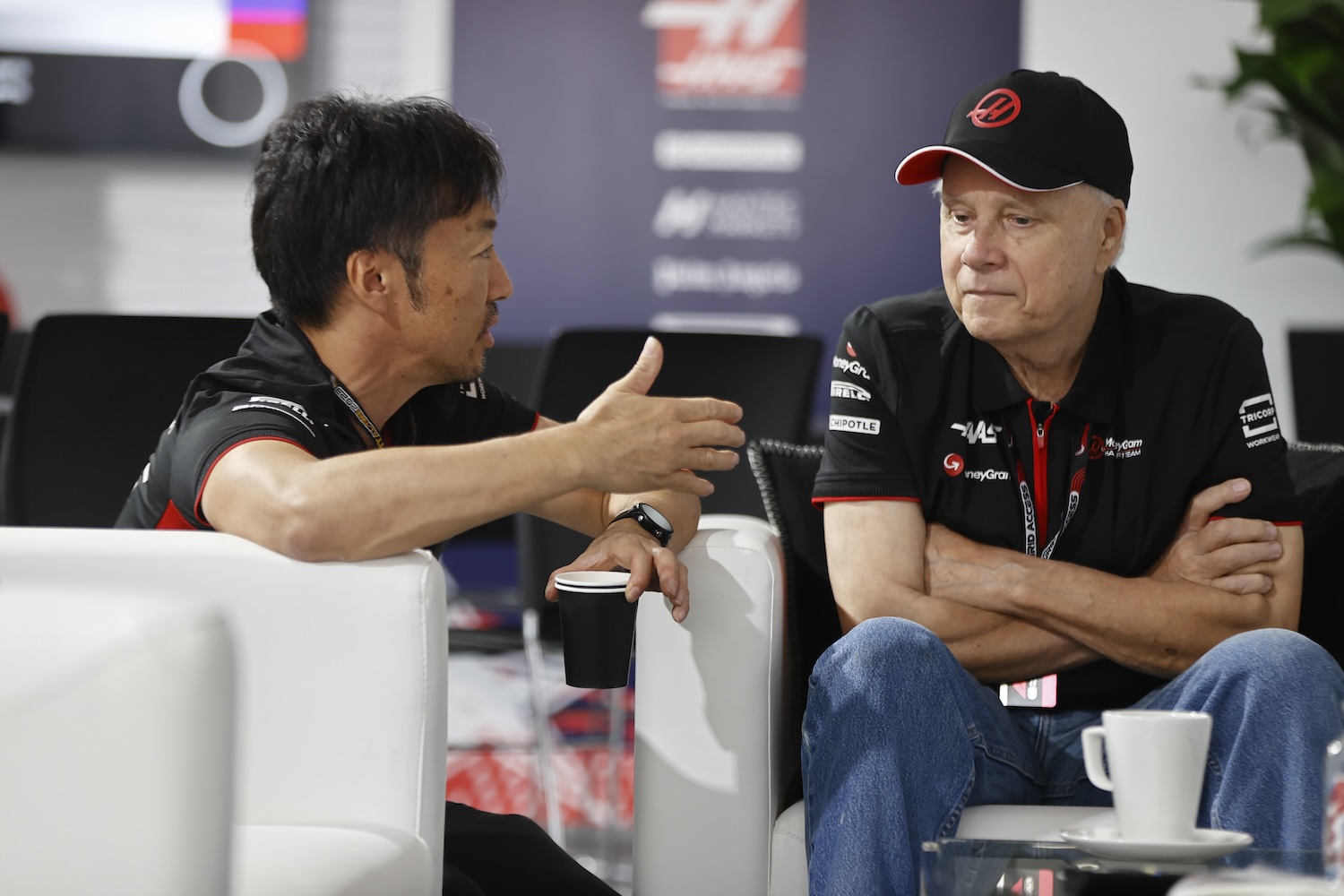
CIRCUIT OF THE AMERICAS, UNITED STATES OF AMERICA – OCTOBER 21: Ayao Komatsu, Chief Engineer, Haas F1 Team and Gene Haas, Owner and Founder, Haas F1 Team during the United States GP at Circuit of the Americas on Saturday October 21, 2023 in Austin, United States of America. (Photo by Andy Hone / LAT Images)
J.G.: Going back to the current weekend in China, the race in Shanghai will be held here for the first time with the new regulations that were introduced several years ago, plus there will be a sprint race. How do you assess Haas’s chances on this track, and to what extent can the car be adapted to it?
A.K.: Yeah, it’s fine in terms of circuit characteristics. When I say fine, it’s because we’ve done four fast races on very different tracks. Bahrain, Jeddah, Melbourne, and Suzuka. And Suzuka being honestly the worst one for our car, but we were able to put a decent performance in Suzuka as well. So here, all being fine, we should be able to put in a decent performance as well. But for me, the main thing is that this track surface looks very inconsistent. So, it hasn’t been driven much at all, right? And, of course, we’ve got the weather conditions as well. So then, being a sprint weekend, that’s the pressure. You’ve only got one hour to sort your car out. So we must start the car on the proper setup. But really, I think I need to see what the track grip level condition is. And in terms of consistency, it looks tricky. So that’s one of the biggest challenges.
J.G.: I see. Good luck with this. What are Haas’s general goals for 2024?
A.K.: It has stayed the same from the beginning of the year. Even though we are P7 in the championship right at this minute, in the history of the house, we have never been able to match other rivals’ target development and development progress throughout the season. So that’s one of the targets this year. So, P8 is still a very aggressive target from where we come from. So that’s what we’re targeting. But of course, we’re not going to give away sevens easily. Of course, we’re trying to strive towards P6. But if we achieve P8 at the end of the year, we’ve done an outstanding job.
J.G.: Great! But do you continue communicating with Guenther Steiner, the former team principal? He recently visited the paddock.
A.K.: So far, I’ve been flat out with the current organisation. I haven’t had a chance to meet him, but I’m sure I’ll see him in Miami. He’s coming to Miami as an ambassador, right? So yeah, maybe I’ll see him there.
J.G.: Okay, thank you so much, Ayao! It was a pleasure talking to you!
A.K.: Same, thank you.
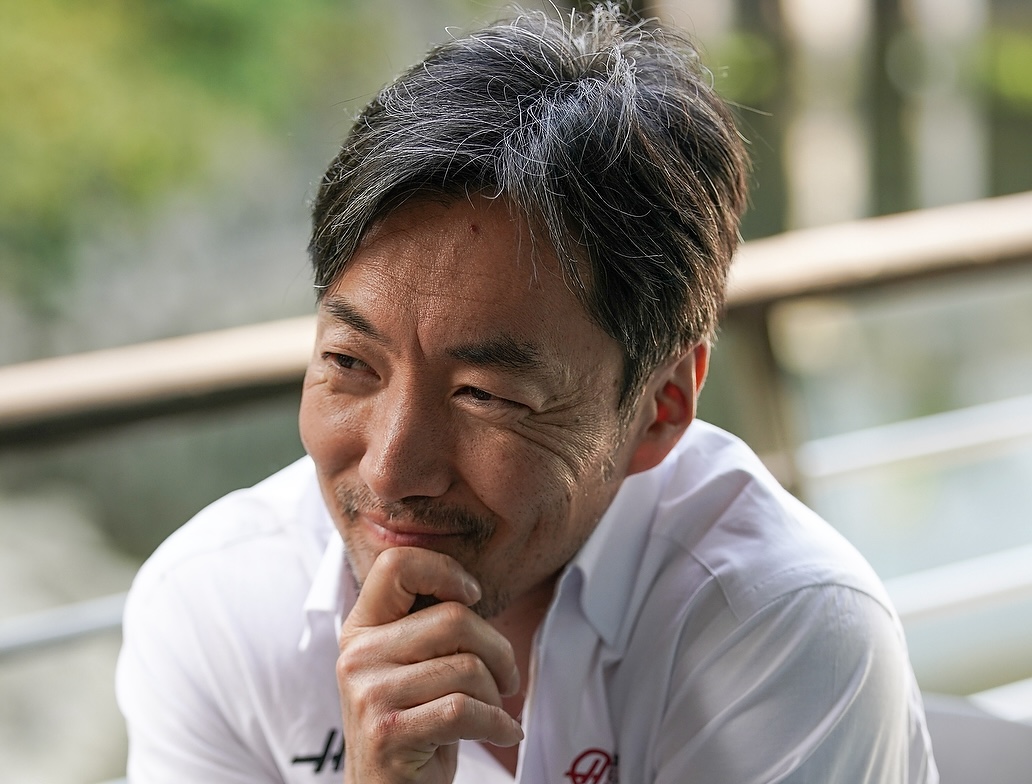
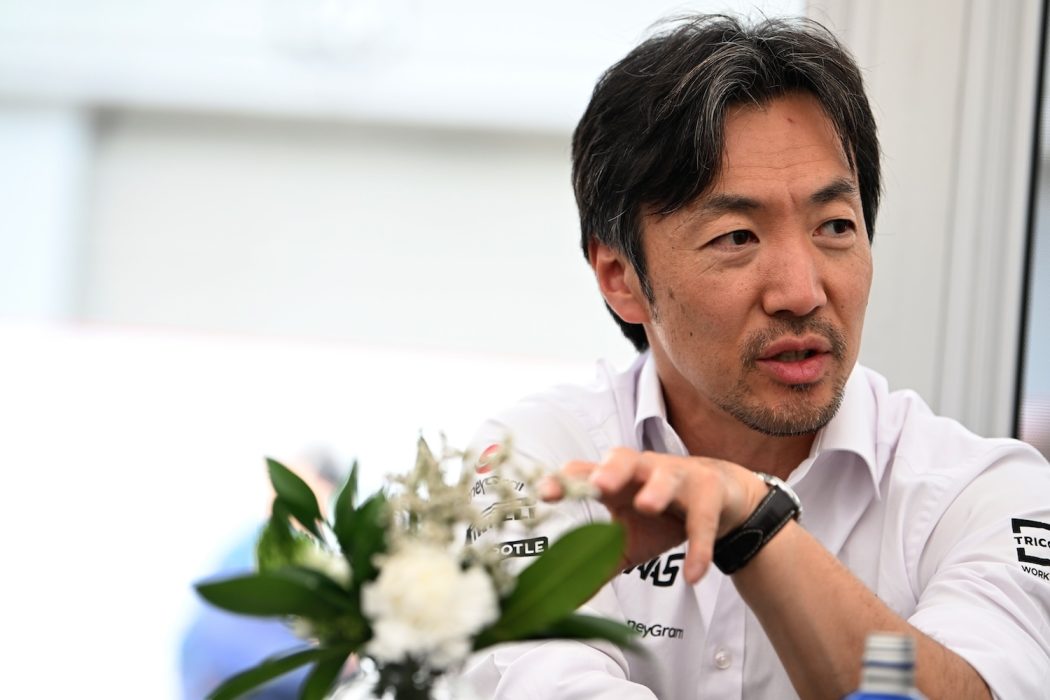
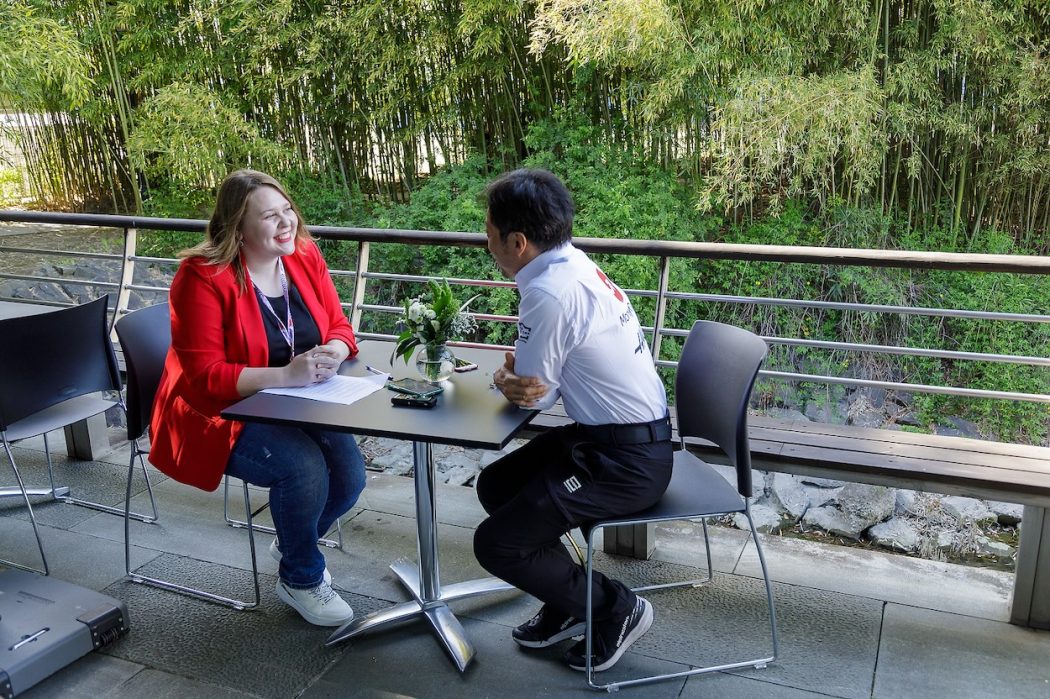
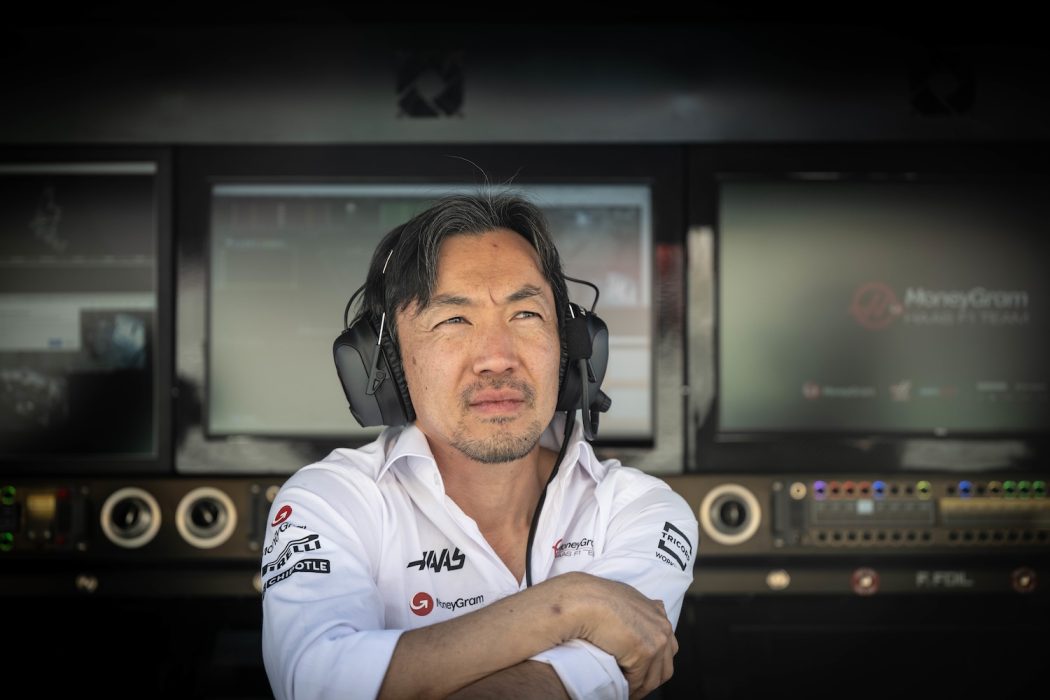
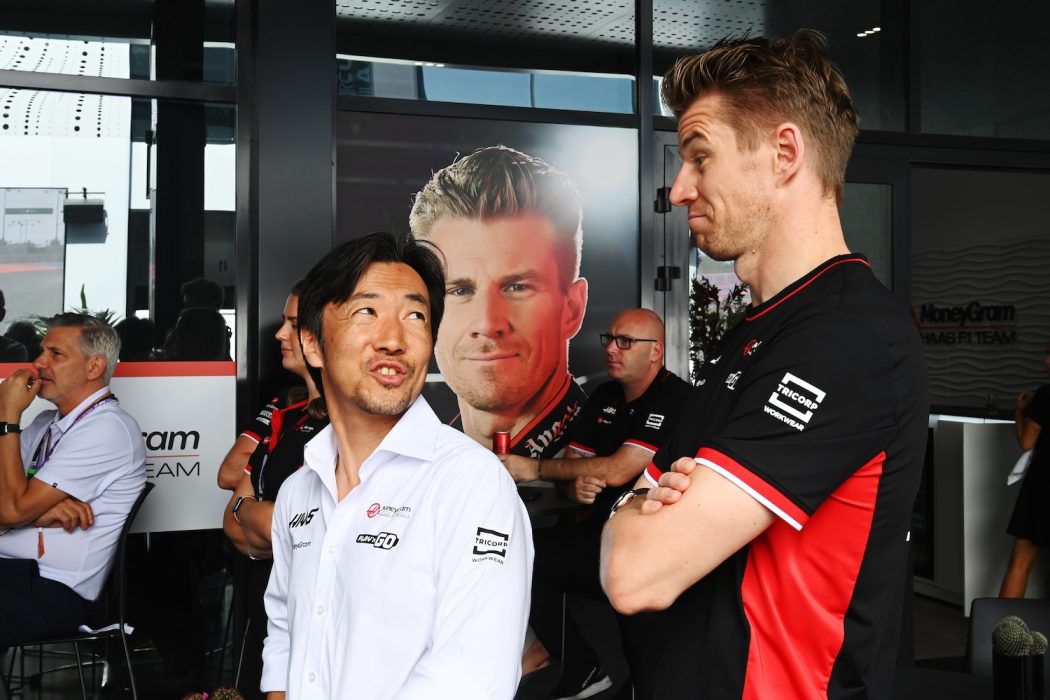
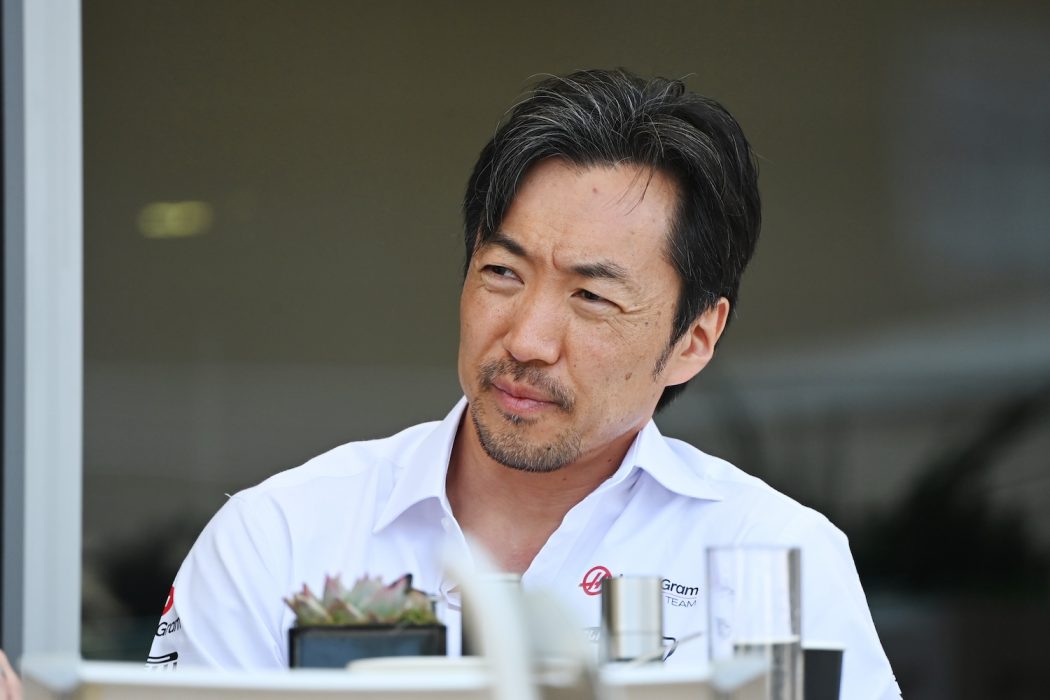
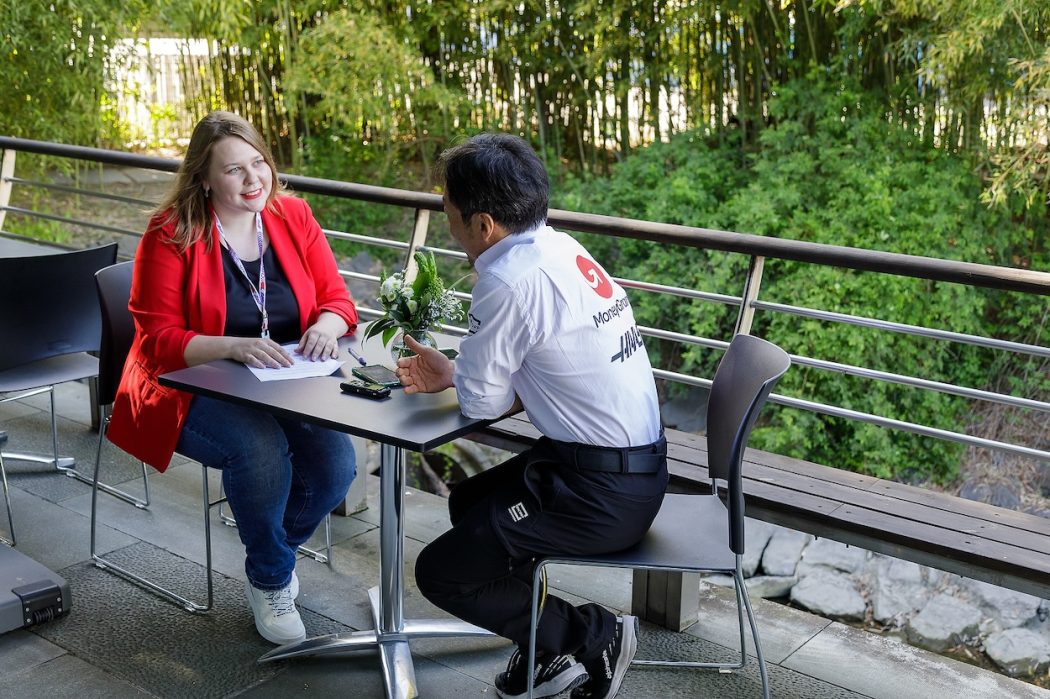
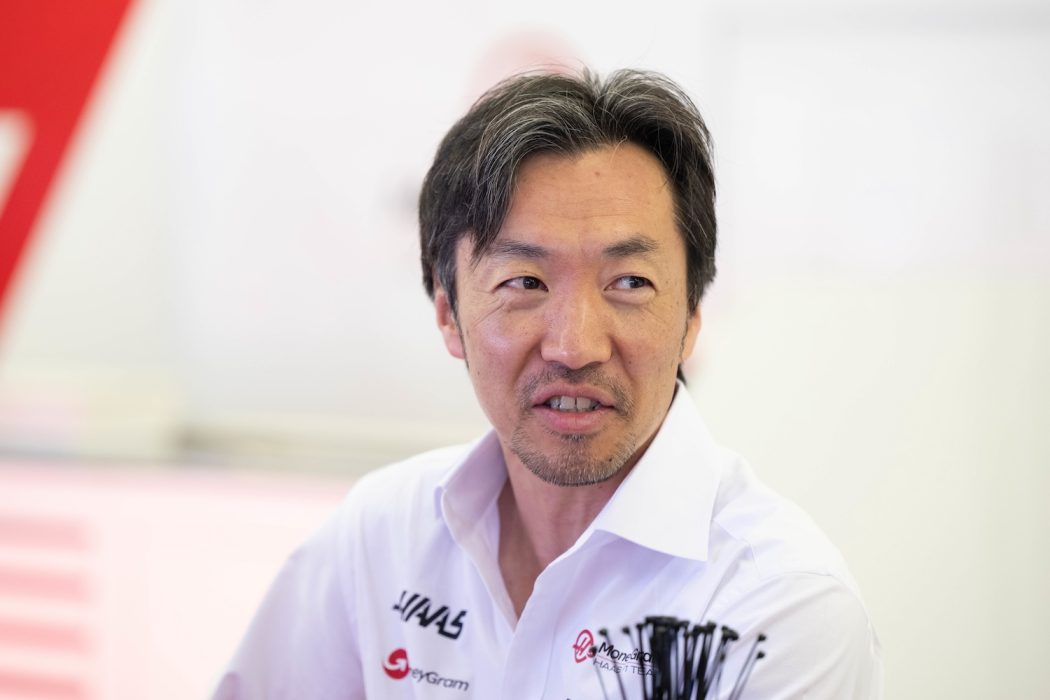
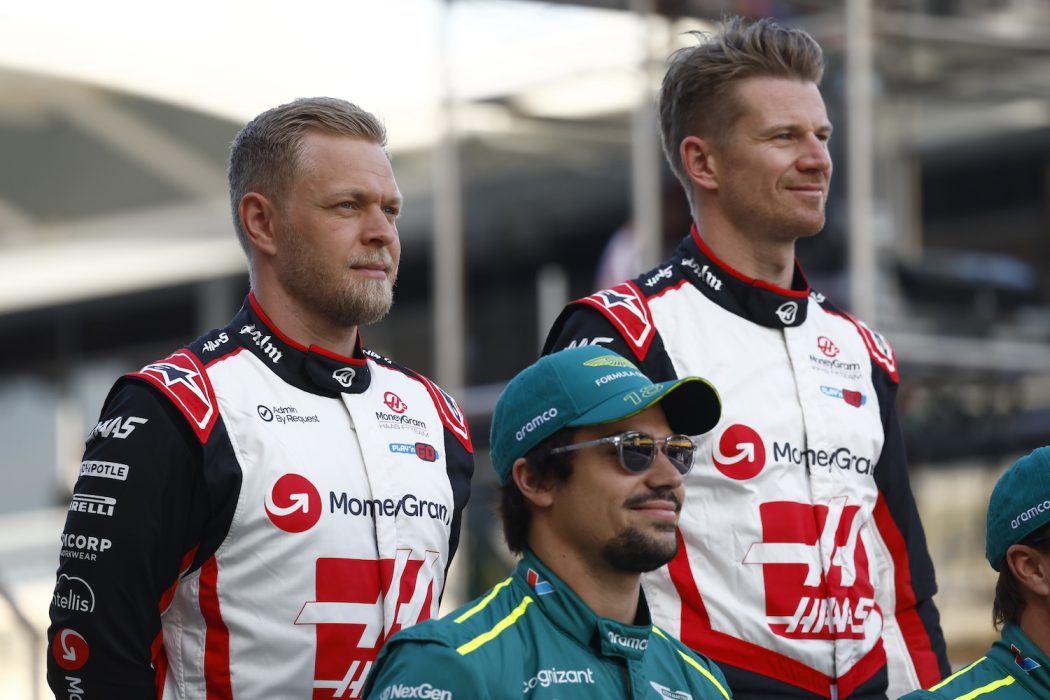
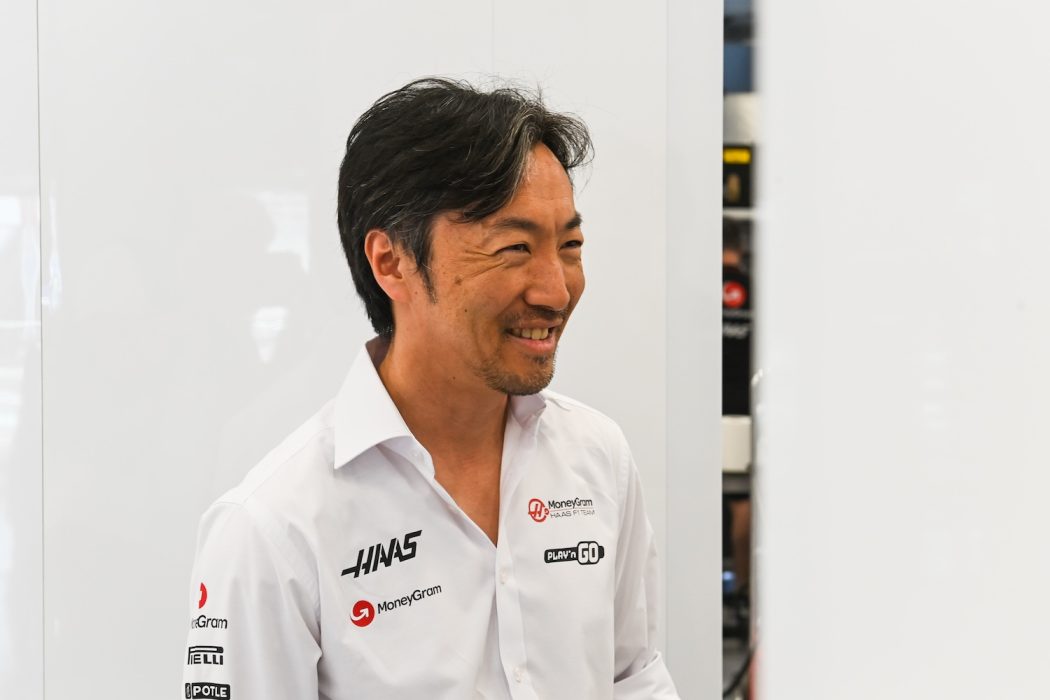
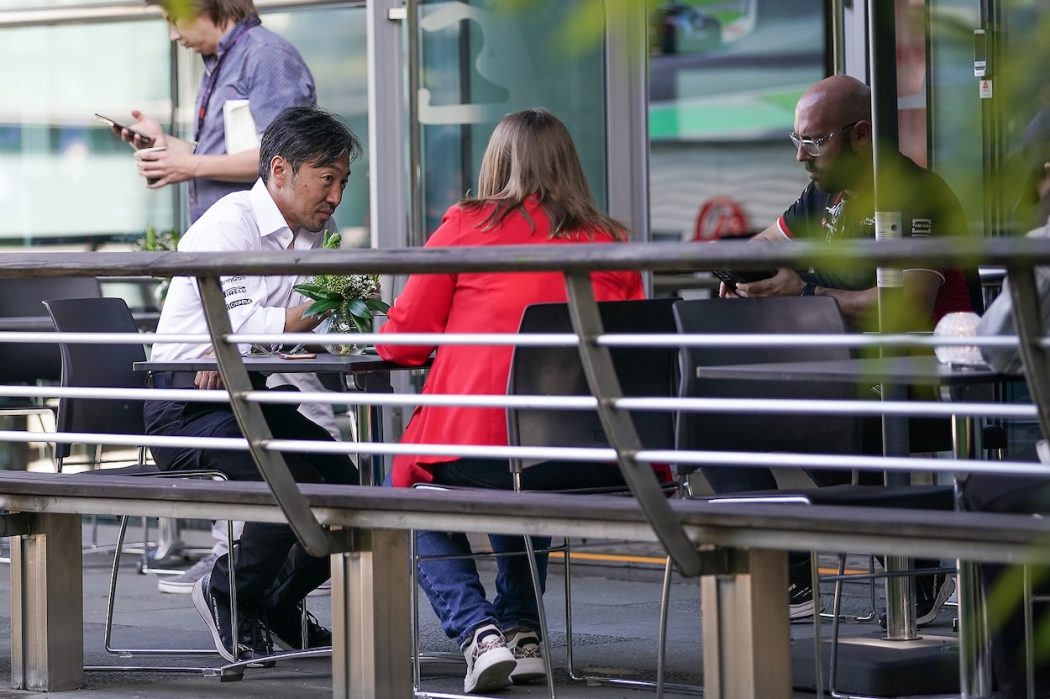
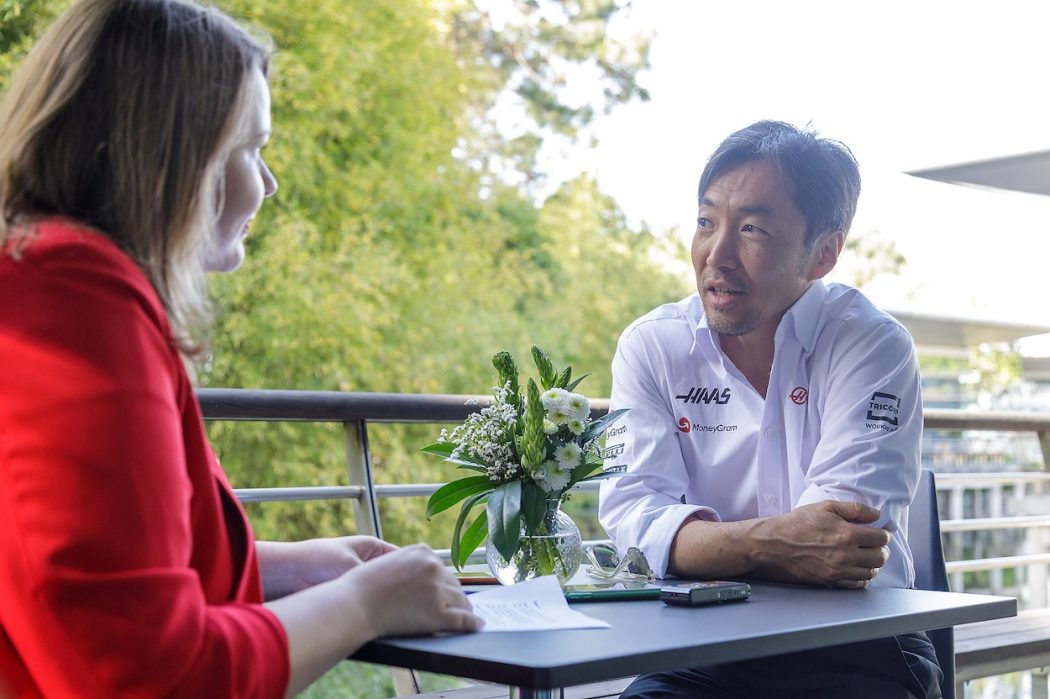
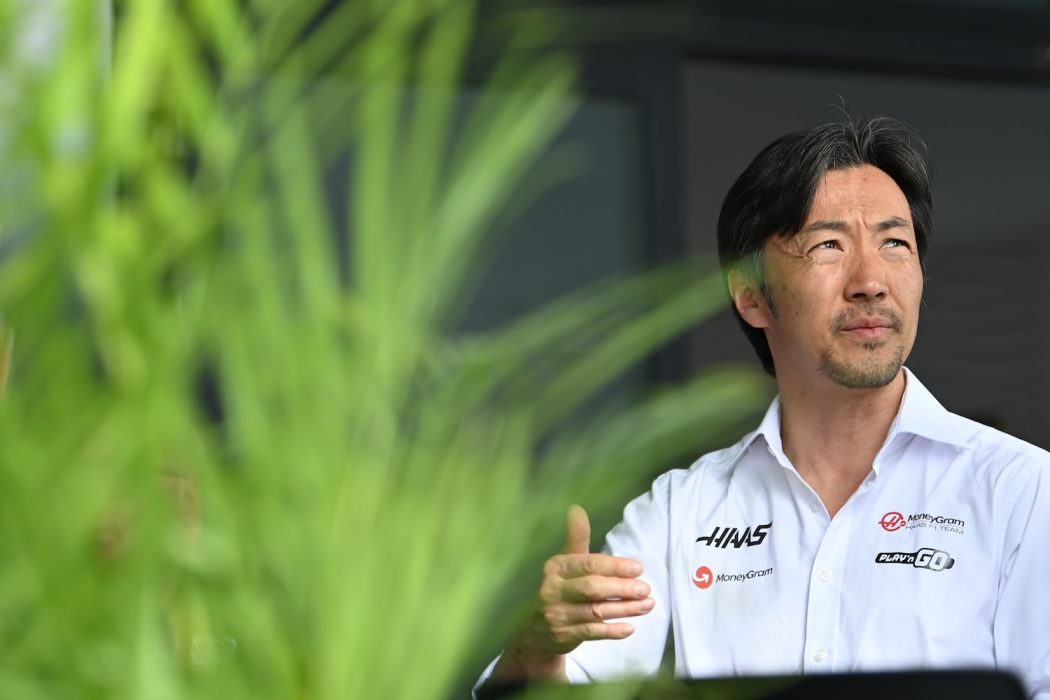
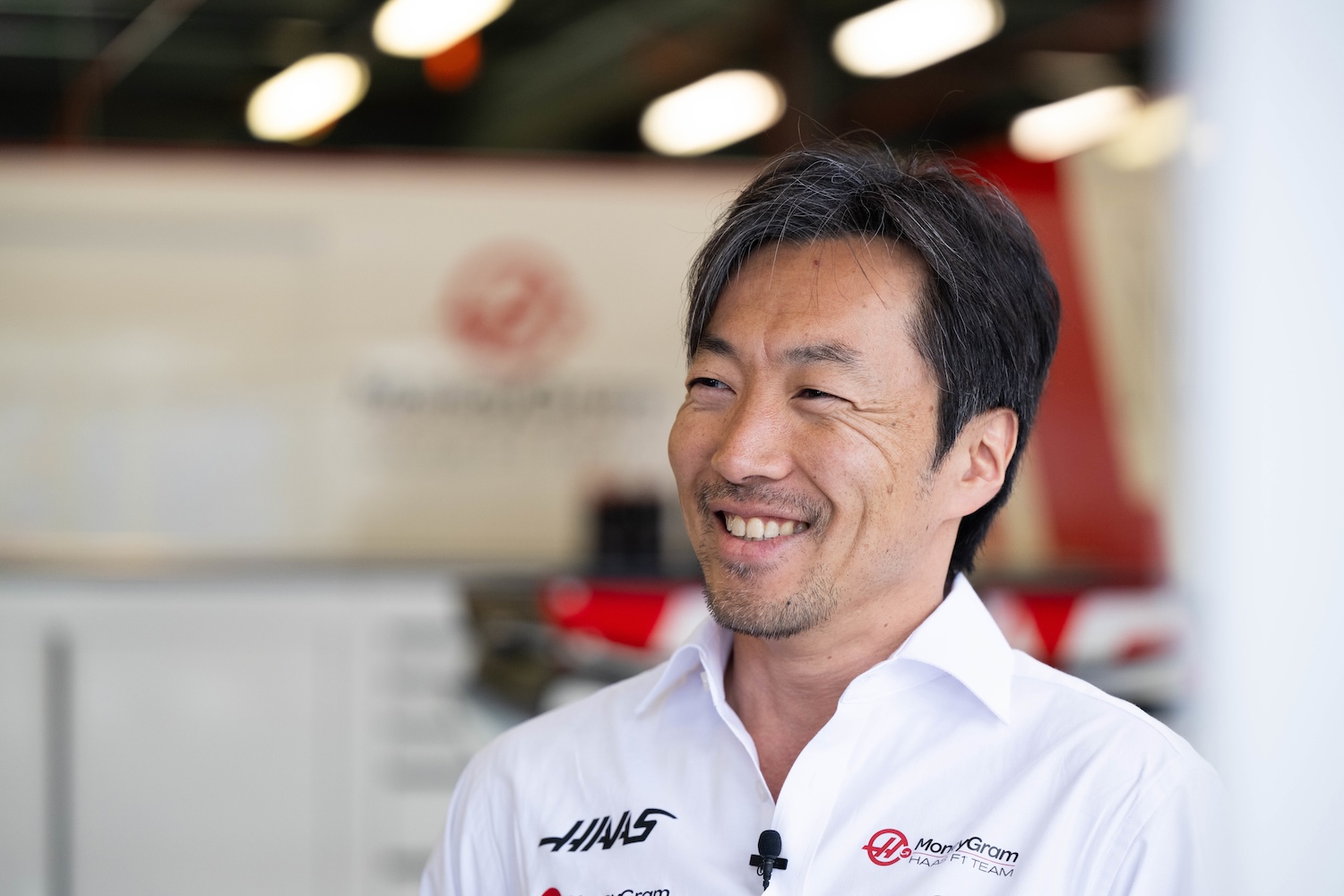
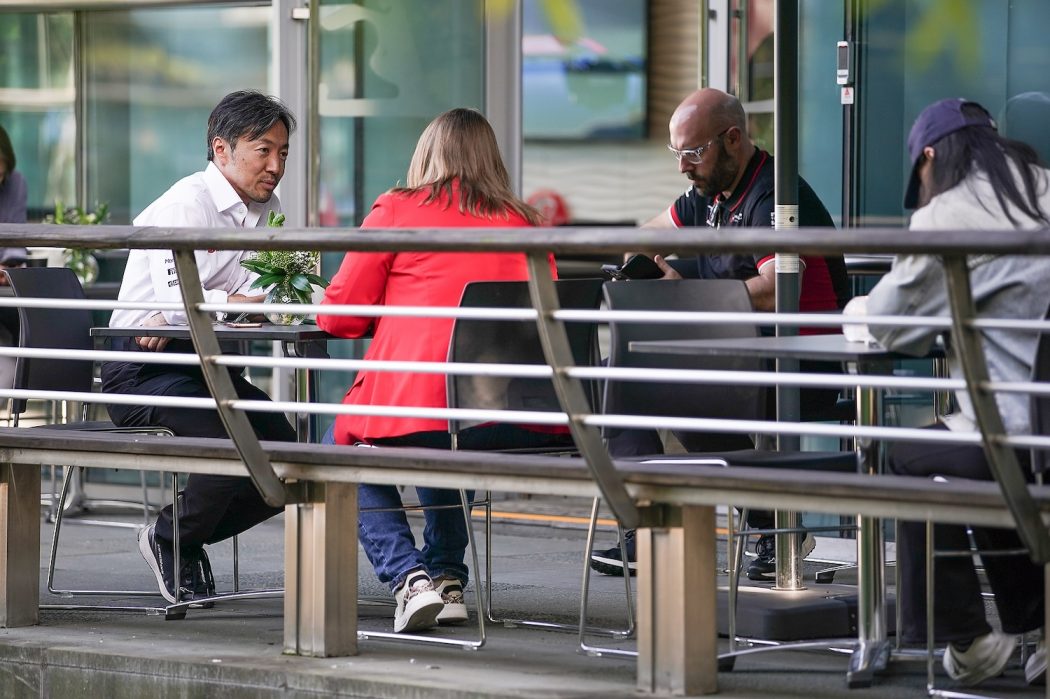
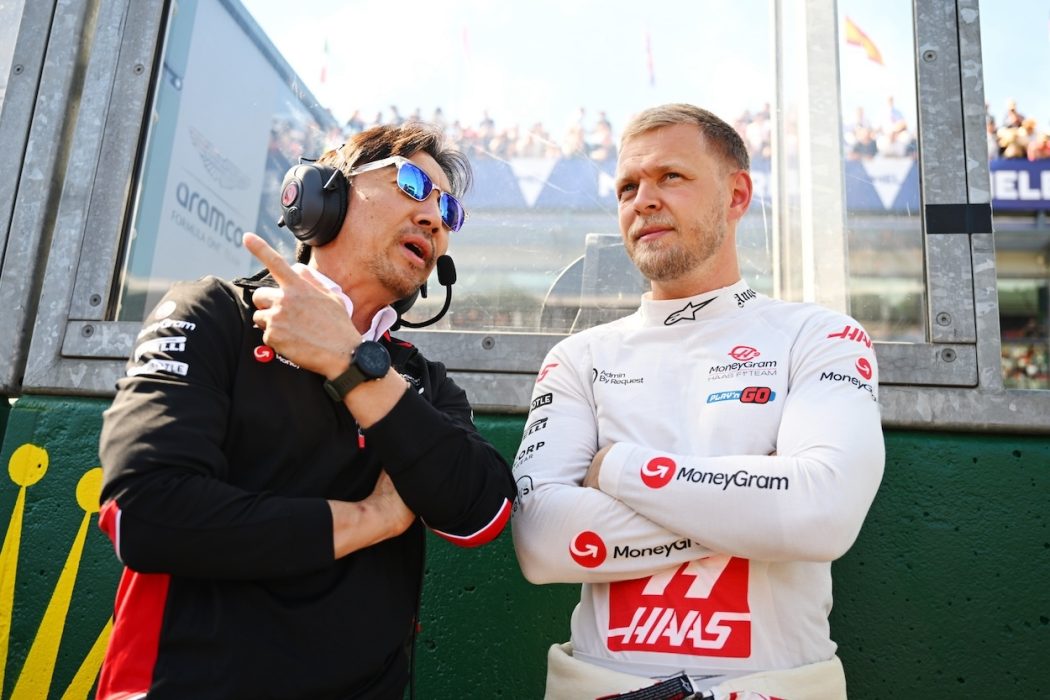
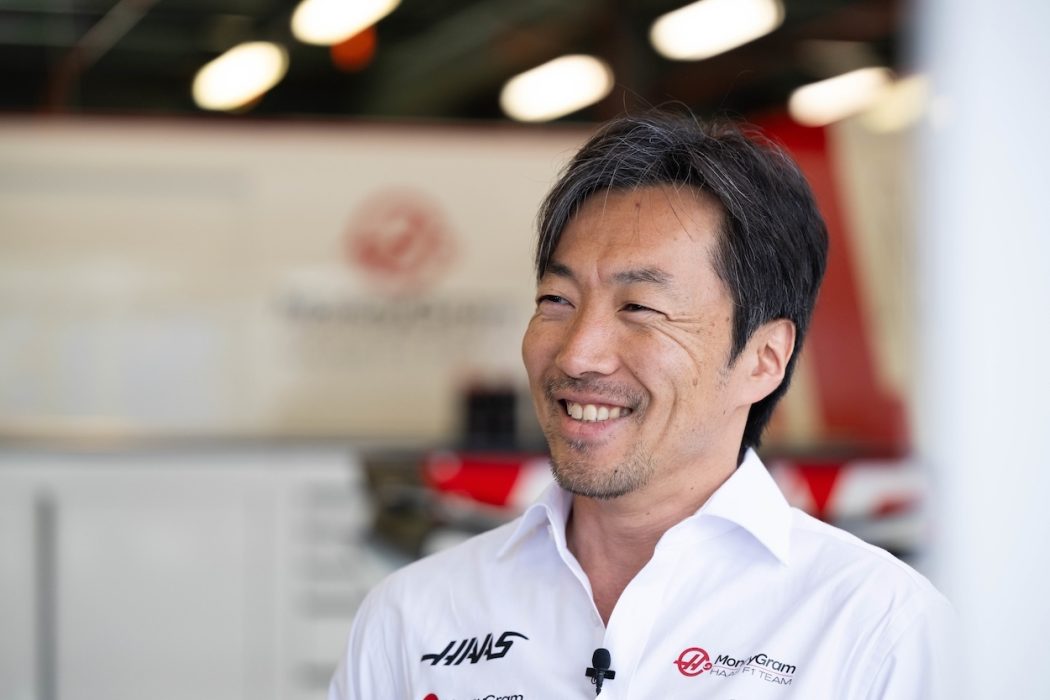
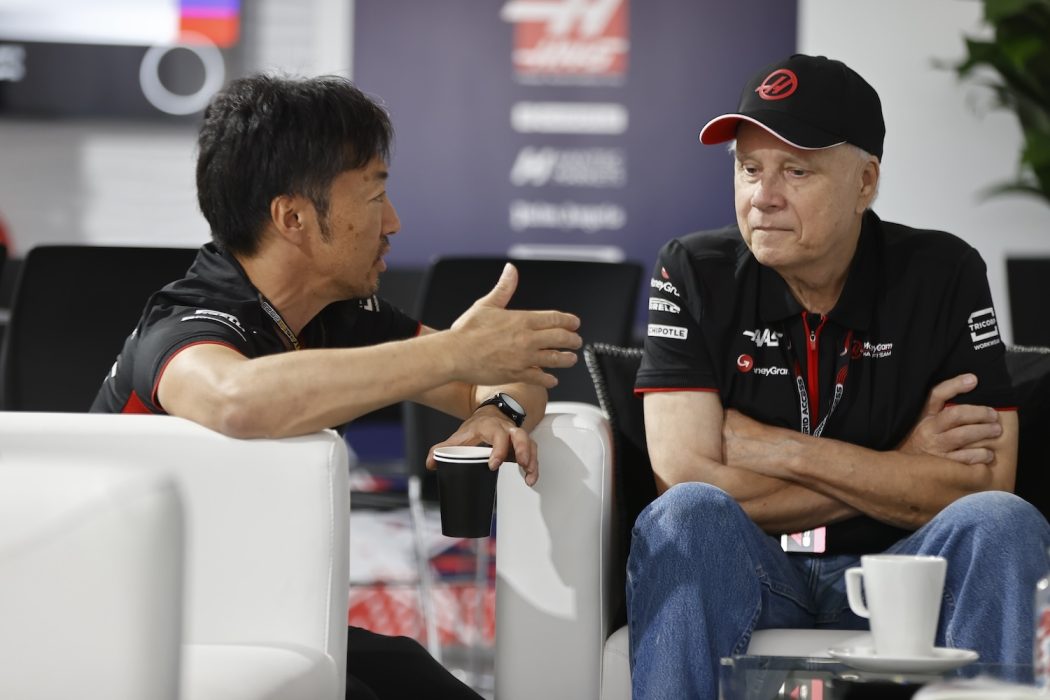
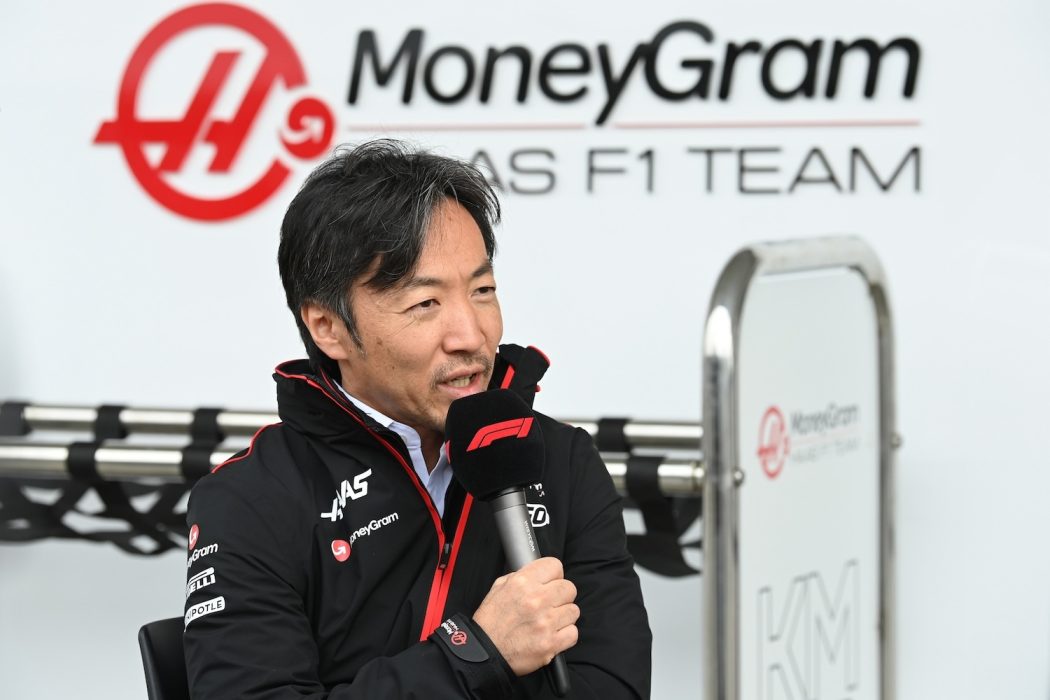
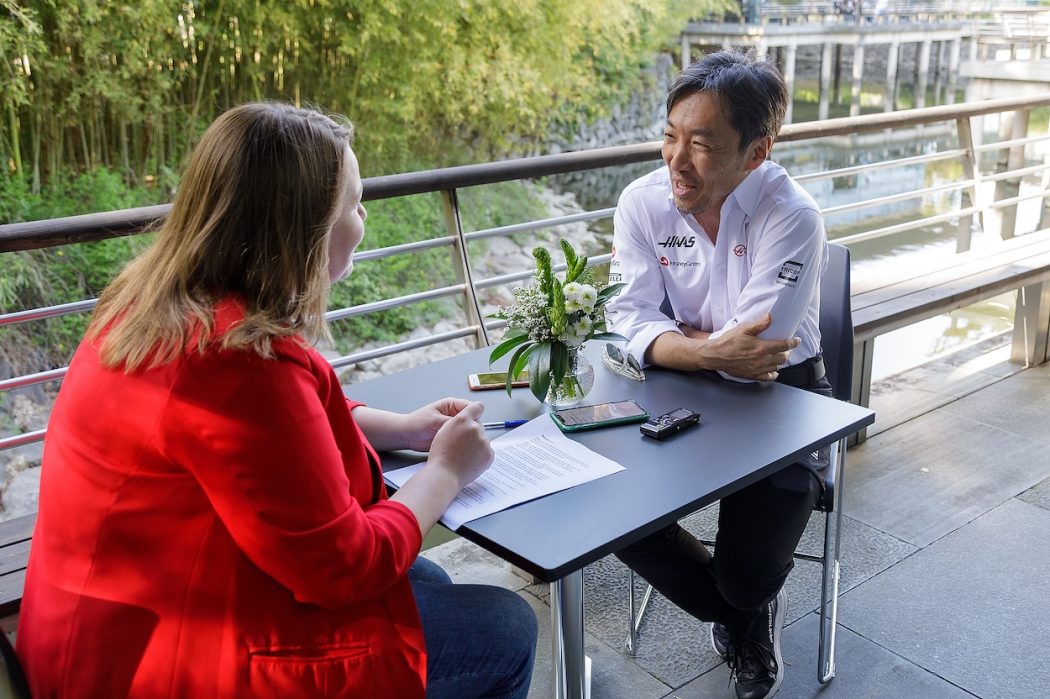

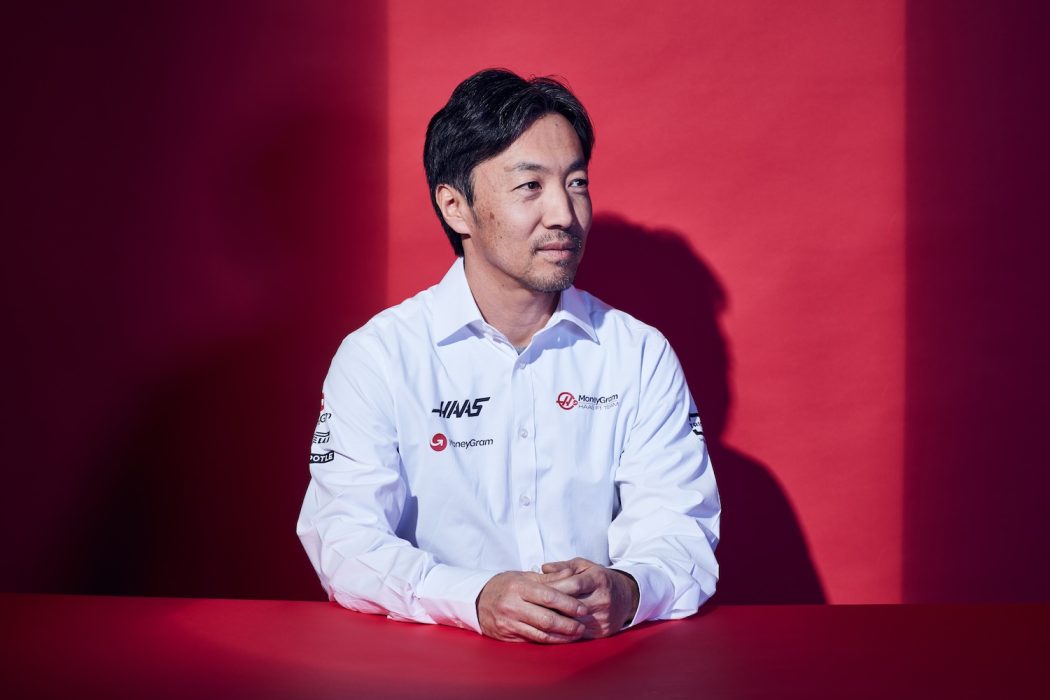

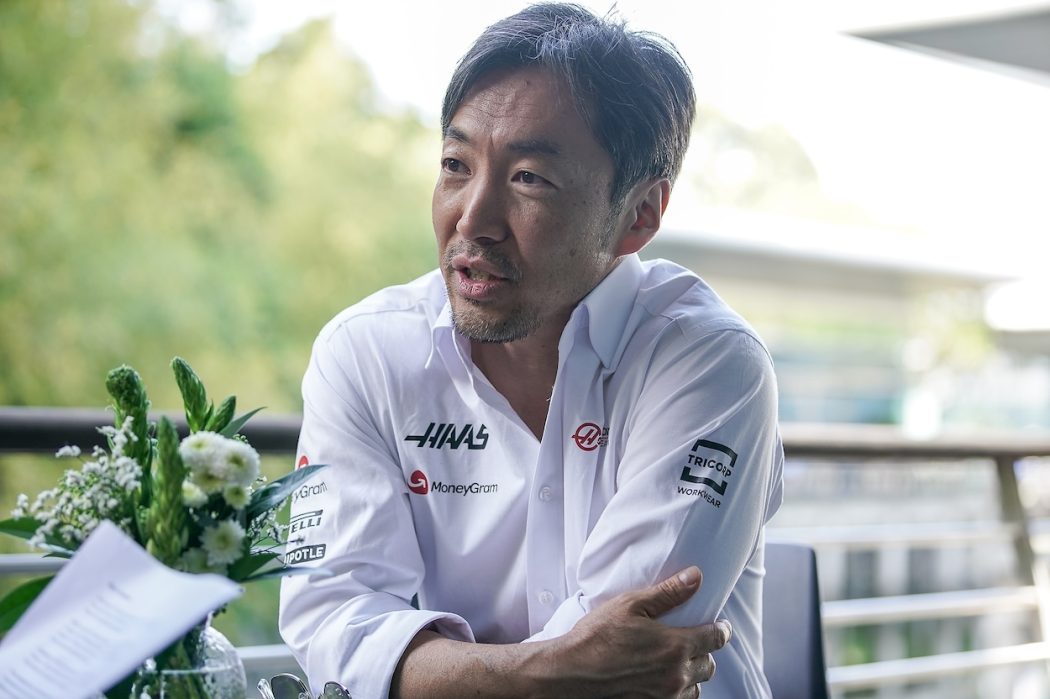



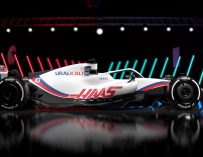
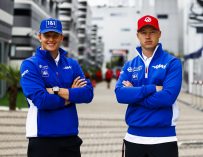
Related Articles